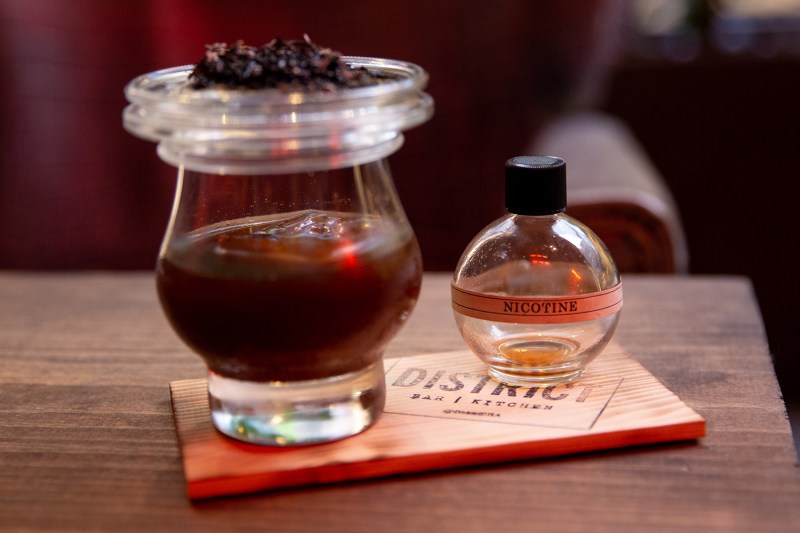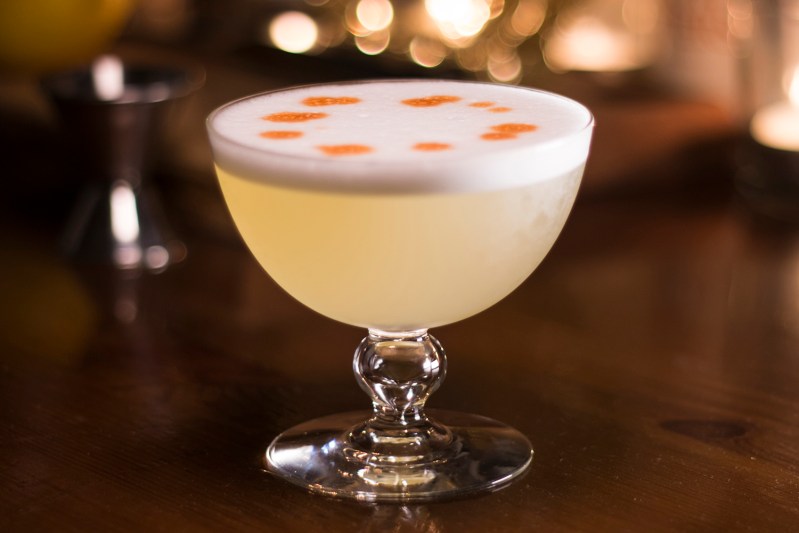The continent of Europe is home to a wide array of local liqueurs and specialty spirits native to particular countries and regions. Versions familiar to American drinkers include: Greek ouzo, Italian amari, French absinthe, and Scandinavian aquavit. A lesser-known but especially flavorful rendition can be found in Eastern Europe and the Balkan Peninsula, where a plum brandy known as slivovitz enjoys serious popularity as both a stand-alone drink and a cocktail ingredient. Read on for a full guide to slivovitz: how it’s made, what it tastes like, and how it can add extra dimension to your cocktails.
What Is Slivovitz?
Slivovitz is a clear fruit brandy (made in a style known as eau de vie) distilled from damson plums. In terms of taste, Slivovitz often garners comparisons to the grape-based Italian brandy known as grappa. Slivovitz makers can be found throughout Central and Eastern Europe, with especially vibrant production in Bulgaria, Croatia, the Czech Republic, Poland, and Serbia. Slivovitz distribution extends to the United States, with versions available at specialty liquor stores.
What Does Slivovitz Taste Like?
Drinkers often remark on the fragrant, fruit-forward aroma of slivovitz, and then find themselves surprised by the potent, almost fiery nature of the flavor. “[Slivovitz] has very distinct qualities that you cannot find in other brandies … or any other spirit, for that matter. I love how the subtle sweetness of the plum breaks through the heat of the alcohol, giving [it] a very hot, slightly fruity body,” says bartender Tony Gonzales of District in Los Angeles, who uses slivovitz to build one of District’s signature cocktails.
How Is Slivovitz Used in Cocktails?
Slivovitz’s unique flavor profile may seem like an obstacle to inclusion in a cocktail, but imaginative bartenders see these qualities as benefits, designing beverages that fully utilize the sweet-hot balance achieved by this spirit. When asked why he’s not daunted by slivovitz’s strong stage presence in cocktails, Gonzales explained that “I see all alcohol as a chef would look at a spice cabinet; all spirits have a pairing profile that can be altered by another ingredient, and slivovitz is no different.”
Want to try slivovitz in a cocktail? Check out two slivovitz-focused cocktails below.
Slivovitz Cocktail Recipes
Nicotine

(Created by Tony Gonzales, District, Los Angeles, California)
“For the Nicotine cocktail, we use Strykover Premium Slivovitz, which is balanced by the smoothness of the cocoa nibs. The cocktail is a little sweet, a little smoky and has a little burn from the ‘heat’ of the Slivovitz,” says Gonzales of his Slivovitz cocktail creation.
Ingredients:
- 1 oz rum
- 1 oz infused Amaro Nonino
- .5 oz mezcal
- .5 oz dry Curaçao
- 0.25 oz slivovitz
- .5 oz espresso
- Smoke, for garnish
- Black salt, for garnish
Method: To make the infused Amaro Nonino, lightly toast cacao nibs on a dry pan. Allow to cool, then add to a 750 mL bottle of Amaro Nonino. Let sit for 10 days to fully infuse. Add all ingredients to a cocktail shaker and shake to combine. Add an ice block to a glass and sprinkle black salt over the ice. Fill glass with smoke, then pour the contents of the shaker over the salt-sprinkled ice.
Slivovitz Sour

(Created by Matthew Wyne, Letters & Liquor, San Francisco, California)
Event bartender Matthew Wyne first came to appreciate slivovitz because of family associations: “My grandfather is from Slovenia, so I was determined to like slivovitz because it was the spirit he grew up drinking. It took me some time to learn how to use it in cocktails, but the flavor can be amazing. There’s nothing else like it in the world.”
His preferred slivovitz cocktail is a spin on the classic Pisco Sour, swapping out the South American spirit for this Eastern European variation. “Slivovitz works great in place of Pisco in a traditional Pisco Sour. The lemon is strong enough to balance out the power of the Slivovitz, and the egg white softens the rough edges. With the baking spice in the bitters, the cocktail tastes like a plum tart,” Wyne tells The Manual.
Ingredients:
- 1.5 oz Slivovitz
- .75 oz lemon juice
- .75 oz simple syrup
- 1 egg (or 1 oz pasteurized egg in a carton)
- Angostura bitters, for garnish
Method: Add ingredients to a cocktail shaker and shake until the egg is fully incorporated. Add ice to the shaker, then shake for an additional 10 seconds. Pour the contents of the shaker into a glass and top the foam with



